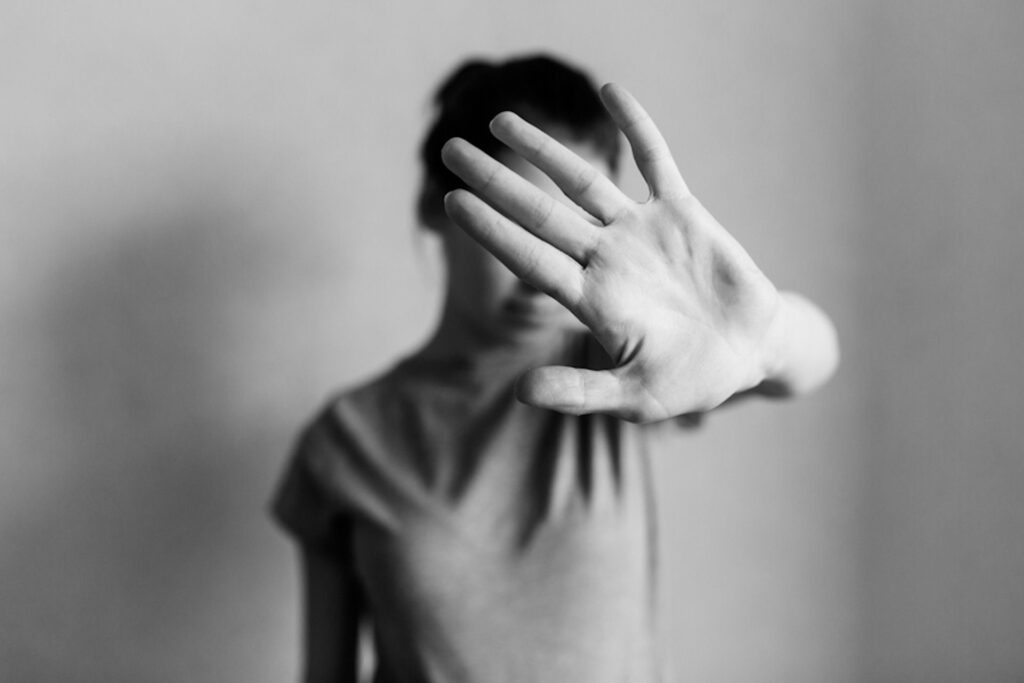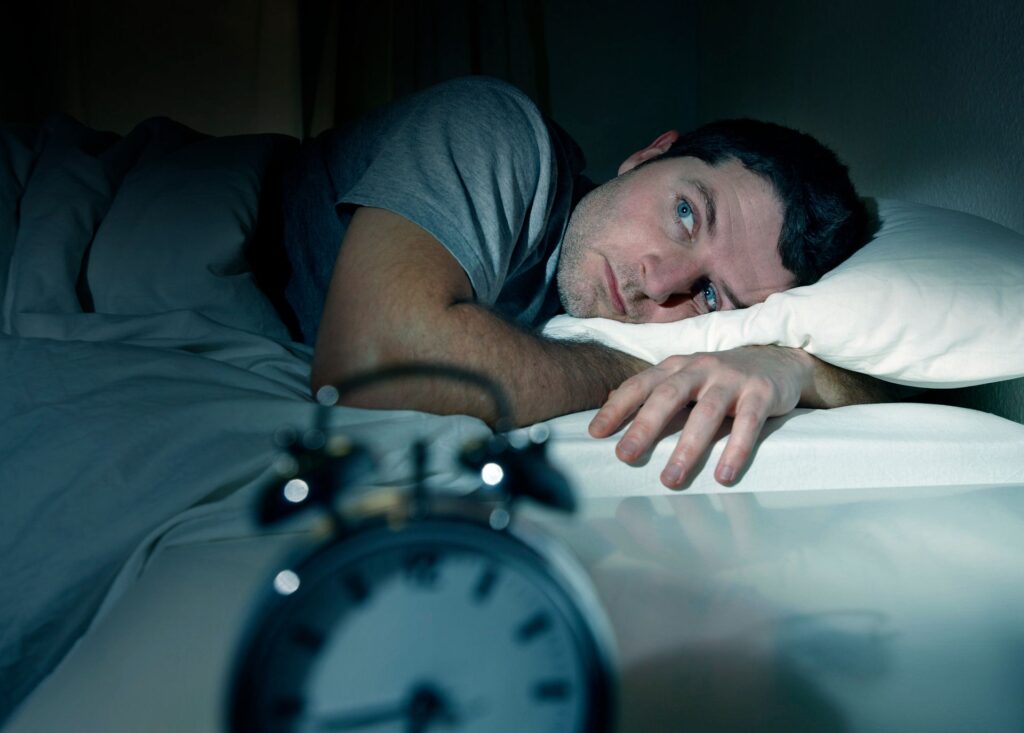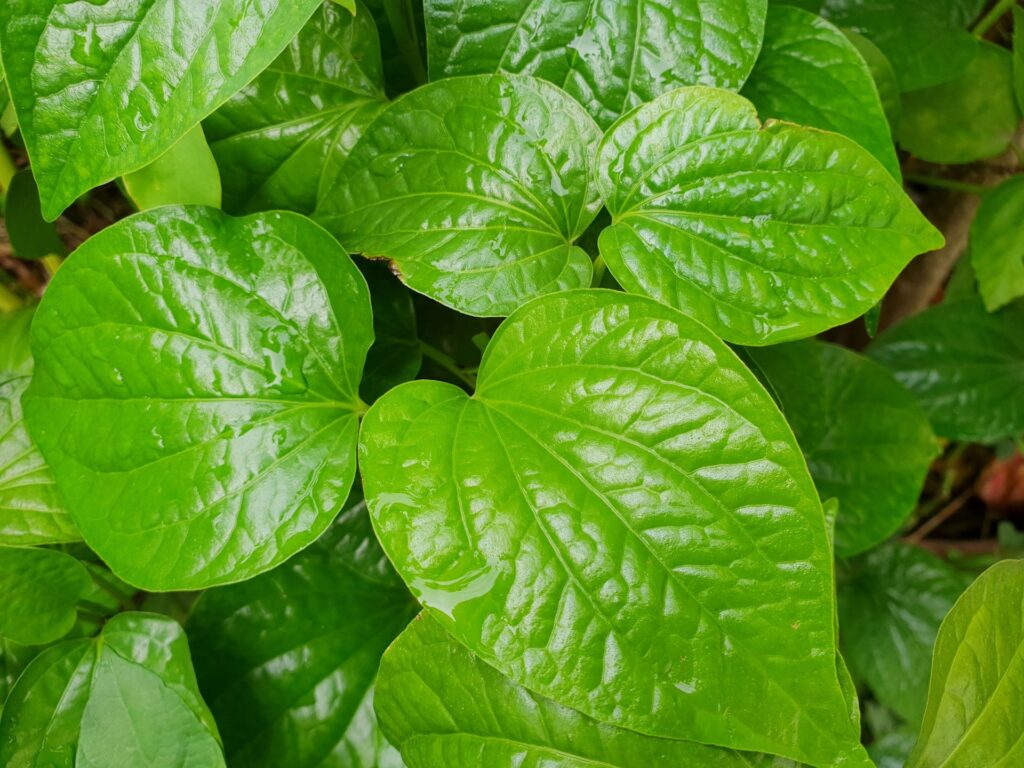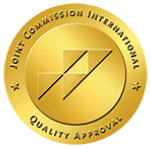A hallucinogen is a psychoactive drug like angel dust that makes you see things that are not real. A person who abuses these kinds of drugs needs treatment at an opioid addiction rehab center like Bayview Recovery in Tacoma, Washington. If you are considering such a treatment program, you need to know more about these drugs, like the five most common hallucinogens.
Are All Drugs Hallucinogens?
No, a hallucinogen is a particular kind of drug—one that falls into the category of psychoactive. A psychoactive drug alters perception in some way, usually by creating visual disturbances. However, they can also make you feel, hear, or smell weird things.
What Are The Five Most Common Hallucinogens?
Many drugs fall into this category, but here are some of the popular hallucinogens used and abused.
1. LSD
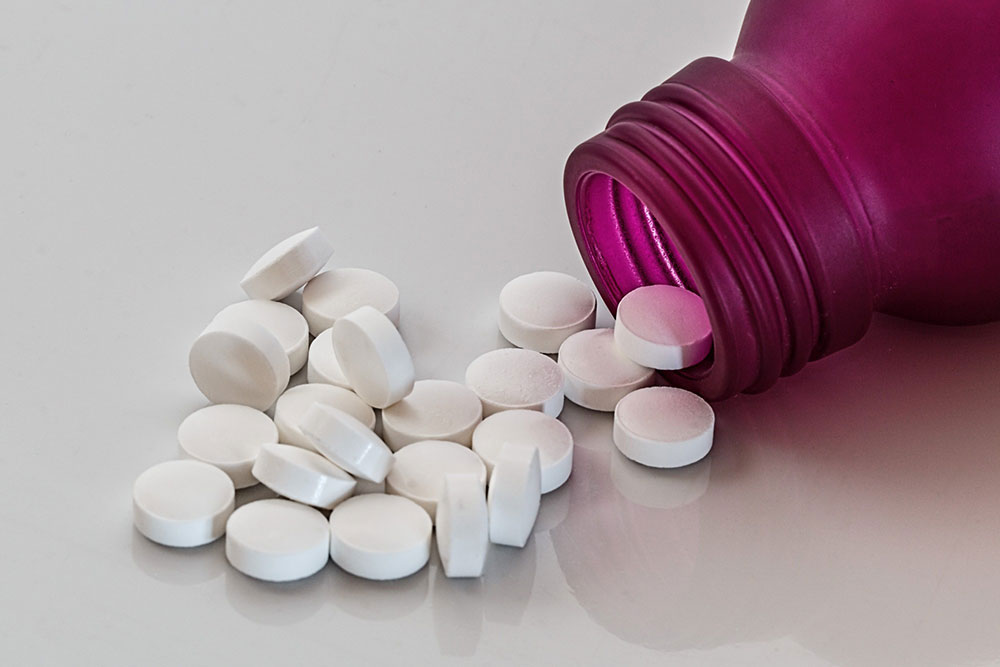
LSD is a drug that was popular in the 1960s, but it is still around today. Street names include microdot, sugar cubes, trips, tabs, or window panes.
LSD stands for lysergic acid diethylamide, and it is one of the most potent drugs on the street. LSD is typically delivered on soaked paper, but it is seen on everything from sugar cubes to postage stamps.
This drug is known for giving the user a psychedelic experience. LSD alters the way users think, act, feel, and perceive things around them. Users may “see” sounds or “hear” colors. These are all side effects of LSD use.
2. Shrooms
The second of the five most common hallucinogens is short for mushrooms. However, these aren’t the mushrooms you get on a sandwich, though. Unlike LSD, shrooms are a naturally occurring hallucinogen.
Psilocybin mushrooms typically grow in tropical regions like South America. You can also find them growing in some parts of the United States. Different cultures sometimes use them ceremonially, especially by indigenous tribes in Central America.
On the street, shrooms go through a drying process and are sold in bags. You can also eat them or drink them in tea. The way they affect you depends on many factors, including your current mindset. If you are sad or anxious when you take them, your experience may be negative and scary. If you are happy, you may see rainbows and butterflies.
3. PCP
Phencyclidine (PCP) is often called angel dust. Technically, angel dust is a dissociative drug referred to on the street as rocket fuel or love boat. In the 1950s, PCP was a common anesthetic. Today, it sells as a powder or liquid and people sometimes sprinkle it on cigarettes, candy, or marijuana. PCP users smoke it, swallow it, or mix it with drinks.
PCP is a drug that dramatically affects how you act and think. It is abused by people who want to hallucinate or be detached from reality.
4. Ketamine
Ketamine, like PCP, is a dissociative drug. It is also an anesthetic that veterinarians often use. On the street, ketamine is Special K and a popular party drug. Along with potential hallucinations, it can cause memory loss and sedation.
Individuals may inject, snort, swallow or smoke Ketamine. Because of the drug’s anesthetic qualities, some individuals put it into drinks and give it to unsuspecting victims.
Ketamine causes the same kinds of reactions as PCP, such as drowsiness, dizziness, and disorientation. At higher doses, it can cause delirium, amnesia, and impaired motor function. And like PCP it can cause aggression and violent behavior. Many users report feeling detached from their bodies.
5. Peyote
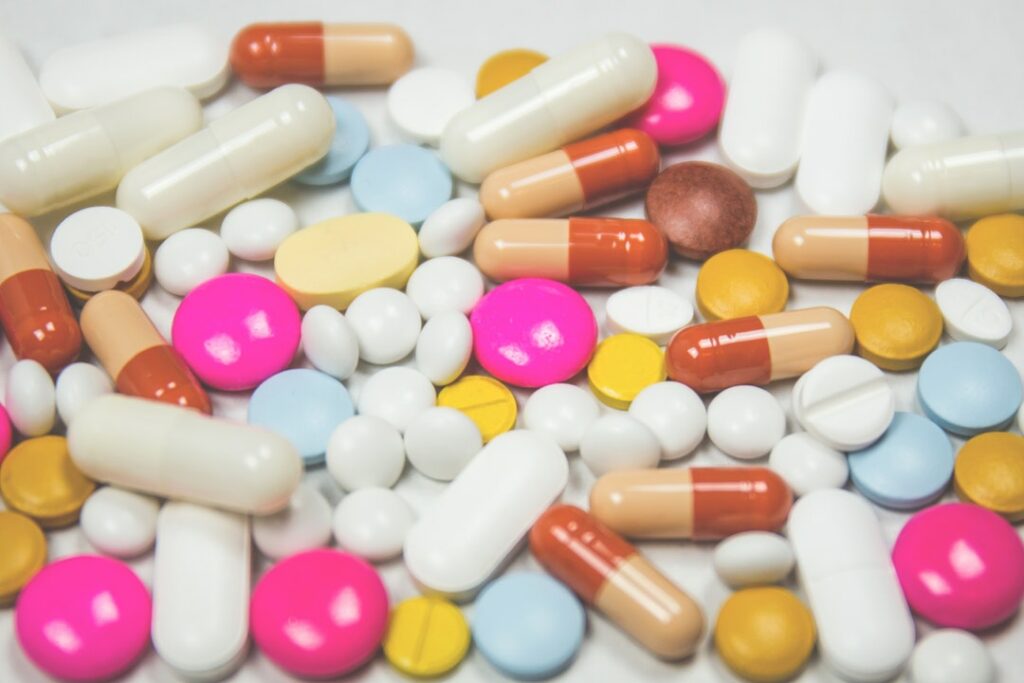
Peyote is a drug you hear about for ceremonial use. It is also one of the 5 most common hallucinogens available on the street. It is a small spineless cactus that contains the chemical called mescaline. Mescaline causes psychological effects in humans, similar to LSD or psilocybin mushrooms. These include altered thinking processes, closed and open eye visual hallucinations, synesthesia (sensory crossover), an altered sense of time, and spiritual experiences.
As with other psychedelics, individuals may experience a state of severe confusion or delirium while under the influence, which can result in harmful behavior. Chronic usage goes hand in hand with acute psychosis as well as neurological damage.
Due to the fact that peyote causes hallucinations, consider it to be psychologically addicting. There are no physical withdrawal symptoms when an individual stops taking peyote after regular or heavy use. However, should individuals stop taking it abruptly, they may experience a range of psychological symptoms including cravings, irritability, fatigue, and loss of appetite.
Hallucinogens Addiction Treatment in Tacoma
People that use one of these five most common hallucinogens can develop an addiction and require treatment. Bayview Recovery is an outpatient treatment facility that offers:
- Partial hospitalization
- Intensive outpatient services
- Basic outpatient treatment
- Aftercare
They also provide extended 90-day programs and dual diagnosis treatment. Bayview Recovery services the Pacific Northwest, an area that doesn’t have a lot of drug and alcohol rehab programs. The staff at Bayview Recovery treat all kinds of substance abuse and specialize in alcohol and heroin addiction.
If you or someone you love uses a hallucinogen, give us a call at 855.478.3650 to talk about treatment.

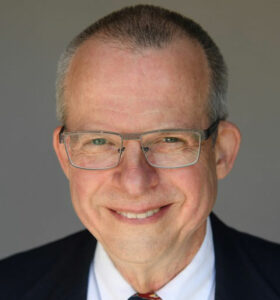 Dr. Dave Cundiff, MD, MPH (Medical Reviewer)
Dr. Dave Cundiff, MD, MPH (Medical Reviewer)


